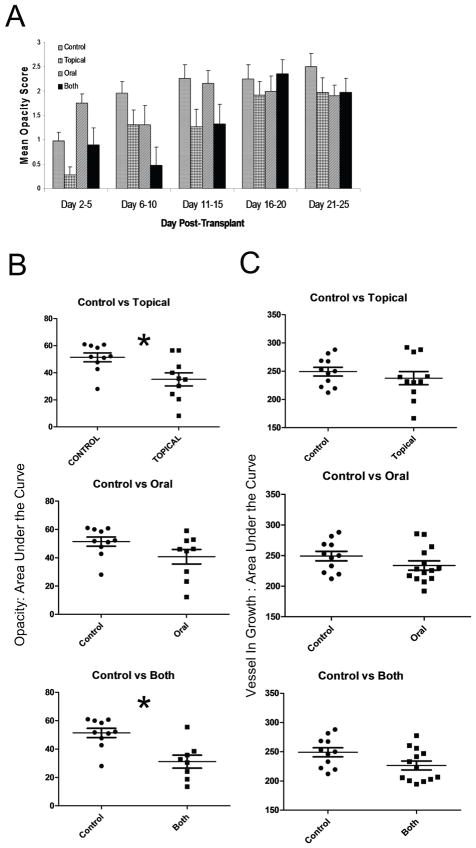Figure 2. Topical treatment significantly reduces graft opacity but not vessel in growth.
Balb/c mice with suture-induced high-risk corneal beds received corneal grafts from MHC miss-matched C57Bl/6 mice. The recipient mice were either left untreated, received daily doses of 1% AZM solution topically, received daily oral doses of 250μg of AZM in PBS or received both topical and oral treatment daily. Mice were examined twice a week following transplantation and opacity was scored on a scale of 0–3. The mean ± SEM opacity score (excluding mice that failed to develop opacity) was recorded over time (A). Corneal opacity scores (B) and area of blood vessel in growth (C) were plotted over time for each mouse and reduced to a single value in the scatter plots by calculating the area under the curve (AUC). Each group was compared to the control group by a Student t Test * p< 0.05.

